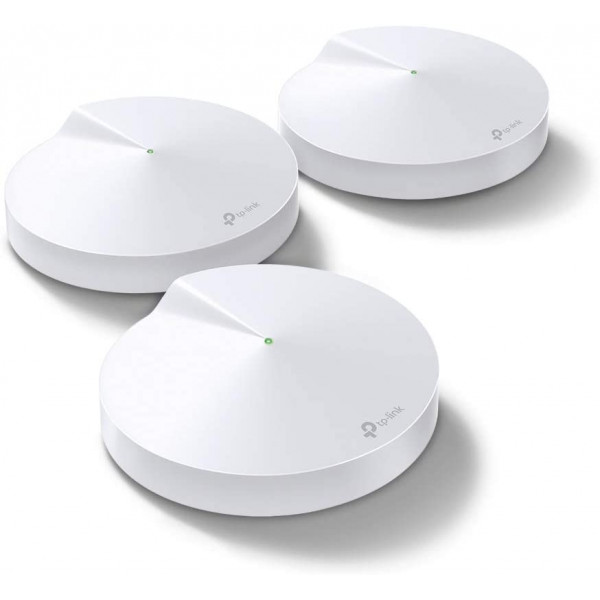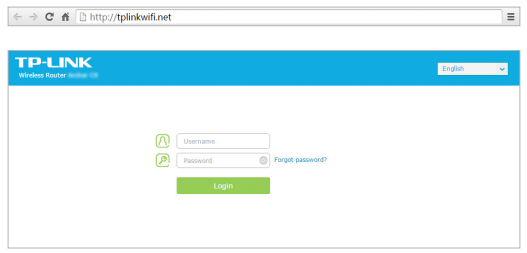

- Vmware player and tplink wifi install#
- Vmware player and tplink wifi drivers#
- Vmware player and tplink wifi driver#
- Vmware player and tplink wifi download#
VMWare needs them to re-compile its kernel modules.īash$ if then yum install gcc kernel-PAE-devel else yum install gcc kernel-devel fi As of, 4.0.1 is the latest version, and the files are “VMware-Player-4.0.” and “VMware-VIX-1.11.”.īefore installing VMWare, gcc and kernel headers need to be installed.
Vmware player and tplink wifi download#
Look for “VMWare Player for 32-bit Linux” and “VMWare VIX API for 32-bit Linux” on the download page. VMWare Player can be downloaded from from VMWare’s web site. VirtualBox has problem with USB pass-through. Xen and KVM aren’t supported by ClearOS 5.2, which is what I use. I chose VMWare Player for virtualization because it works and it is free.
Vmware player and tplink wifi driver#
For example, Rosewill RNX-EasyN1 does not work with the rt2800usb driver distributed with OpenWrt 10.03. Looking through the package list of OpenWrt 10.03.1-rc6, I found its driver package “kmod-rt2800-usb”.įinally, beware that newer adapters may not work with older drivers. On Linux wireless wiki driver page, I learned the adapter does work in AP mode. It does not appear on Linux wireless wiki, but searching on Google I learned it is built around Ralink RT3070 and needs driver rt2800usb. Let’s take Rosewill RNX-EasyN1 as an example. The package lists are available from OpenWrt. For this reason it is best to search for a partial name (“kmod-ath” or “kmod-rt28”) and review the result.

Vmware player and tplink wifi drivers#
For example, on Linux wireless wiki there are drivers “ath9k_htc” and “rt2800usb”, but the OpenWrt package names are “kmod-ath9k-htc” and “kmod-rt2800-usb”, respectively. The name of the package is usually “kmod-” but sometimes slightly different. To determine whether the driver is distributed with OpenWrt, look for its kernel module package in the package list. The adapter can function as an access point if “Yes” appears in the “AP” column. After finding the driver, look for its features on the driver page. Its USB device page lists more than 350 adapters and their drivers. To check if these conditions are met, start by finding the name of the adapter’s driver on Linux wireless wiki. There are two requirements when selecting an adapter for an OpenWrt access point: The adapter must support access point mode (most newer ones do), and its driver is distributed with OpenWrt (many are).

The two networks have similar topology because I wanted to replicate the real network in a virtual environment. OpenWrt connects eth0 and wlan0 using a Linux network bridge. VM eth0, a virtual Fast Ethernet adapter. vmnet2 and the OpenWrt VM are connected through VMWare’s virtual switch Vmnet2, VMWare virtual network adapter #2. It was connected directly to a LAN port on the wireless router. OpenWrt’s DHCP function is also disabledĮth2, a Fast Ethernet adapter. This tables compares the old, real network with the new, virtual network. Its replacement is a virtual network with a virtual wireless AP. That was my setup until a couple of weeks ago, when my wireless router failed. Since it currently lacks Wi-Fi support, often an external wireless AP is added to a network to provide Wi-Fi coverage. Network ConfigurationĬlearOS is a Linux server/gateway distribution. I will go over the steps to create an OpenWrt virtual machine using VMWare Player, and to configure it as an wireless access point. This blog entry is for those who want to add wireless coverage to their current ClearOS boxes. And please let me know if you have solutions.ĬlearOS will not have built-in Wi-Fi support until the next version, 6.1, is released. See What’s Wrong With VrtualBox for descriptions of my problems. Unfortunately, in Settings > USB Controller, setting USB Compatibility to USB 2.0 or 3.1 does not seem to make any difference.Update : I set up my OpenWrt VM using VMWare Player because I couldn’t get USB to work in VirtualBox. (I assume the Network menu pick highlighted in that image refers to a virtual ethernet connection.) This is true regardless of whether the TP-Link or Ralink WiFi adapter is connected at the menu pick shown above. What I am saying, then, is that I can go online, in the VM, by going into Settings > check the Connect box > choose NAT or Bridged (or possibly one of the other options) but I cannot go online in the VM without checking the Connect box.

It looks a little different in your Ubuntu example, but close enough. So I think we are talking about the same thing. I assume those (i.e., NAT, Bridged, etc.) refer to the guest's connection to the host, not to these external USB devices. Those are independent of whether I connect TP-Link or any other device in the menu selection shown in this image. There, I can choose NAT, Bridged, or other options. If I choose Manage (or Ctrl-D) instead of Removable Devices, I get an option to go into Settings. In this image, the TP-Link adapter is connected. Mine (Windows host) looks a little different:


 0 kommentar(er)
0 kommentar(er)
